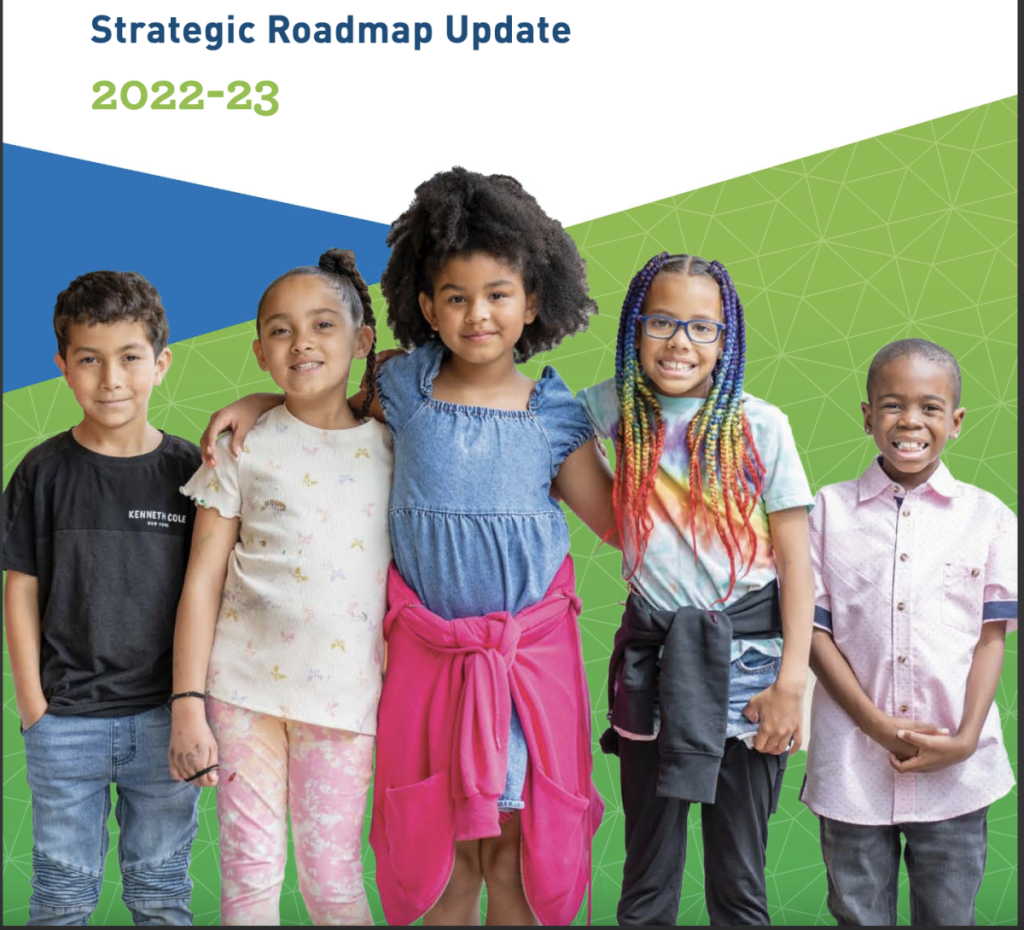Does the leadership of Denver Public Schools believe the general public is this easily fooled?
Take a look at the recently released Annual District Report and it’s hard to draw any other conclusion. It reads more like Orwellian propaganda than useful information. DPS should be ashamed.
In 20 pages of glossy spin, it seems as if the district is trying to convince us that DPS is a combination of Lake Wobegon and Barbie Land. Every day is perfect, the sun always shines, and all the children are, if not quite above average, trending in that direction.
The district performs this sleight-of-hand by employing one of the oldest tricks in the book: presenting only aggregated data which, while not great, certainly tells a more positive story than the more troubling one revealed when you start pulling the data apart.
Thank goodness the Colorado Department of Education still produces disaggregated data, which gives us the ability to look behind the curtain to see how the district is actually serving the kids most in need of its services.
Let’s do a side-by-side comparison of DPS spin and actual, meaningful numbers. Much credit here to the Keystone Policy Center and The Colorado Sun for producing and publishing a searchable map and database that makes this work easy to do.
DPS says: “Our grade level achievement goals were met for grades three through eight for (CMAS) mathematics” in the current school year. This means 39 percent of those students met or exceeded grade-level expectations.
Reality says: Just 17 percent of Black students and 15 percent of Hispanic students in grades 3-8 in DPS met or exceeded grade level expectations in mathematics. But 64 percent of white students hit the proficient mark, pulling up the district average. Meanwhile, just 13 percent of students who qualify for federally subsidized meals were proficient in mathematics.
DPS says: One-third of high school students taking the Colorado version of the PSAT met or exceeded expectations in math, meaning DPS “proudly met our goal.” (I wouldn’t be bragging about two-thirds of students not meeting expectations, but to each his own.)
Reality says: As with CMAS scores, DPS is deliberately hiding its massive achievement gap problem. In PSAT mathematics, 21 percent of Black students, 18 percent of Hispanic students, and 18 percent of students eligible for subsidized lunches met or exceeded expectations. But 64 percent of white students met or exceeded expectations. Another data point not to “proudly” trumpet, DPS.
DPS says: Pulling out charters shows that DPS-run schools had a 42 percent proficiency rate in elementary school mathematics, while the charter school proficiency rate was just 22 percent. Without charters, “we proudly met our grade level achievement goals.”
Reality says: Charter schools serve a significantly higher percentage of students eligible for subsidized meals than do DPS-run schools (74 percent vs. 60 percent). Among FRL students, charter students outperform DPS students by 2.8 percentage points in math and 3.8 percentage points in English Language Arts.
Neither charters nor district-run schools have much to boast about here, but the district’s spin is misleading at best.
The primary mission of public schools is to educate children so that they can pursue happiness and fulfillment by being productive, engaged members of society, and capable of supporting themselves and a family.
Or, as DPS states its mission, preparing students for career, college, and life.
DPS is struggling to fulfill its mission with the majority of its students. There are thousands of dedicated educators in this city working their guts out trying to make a positive difference.
A spin-happy administration and bumbling board makes their job just that much harder than it already is.




